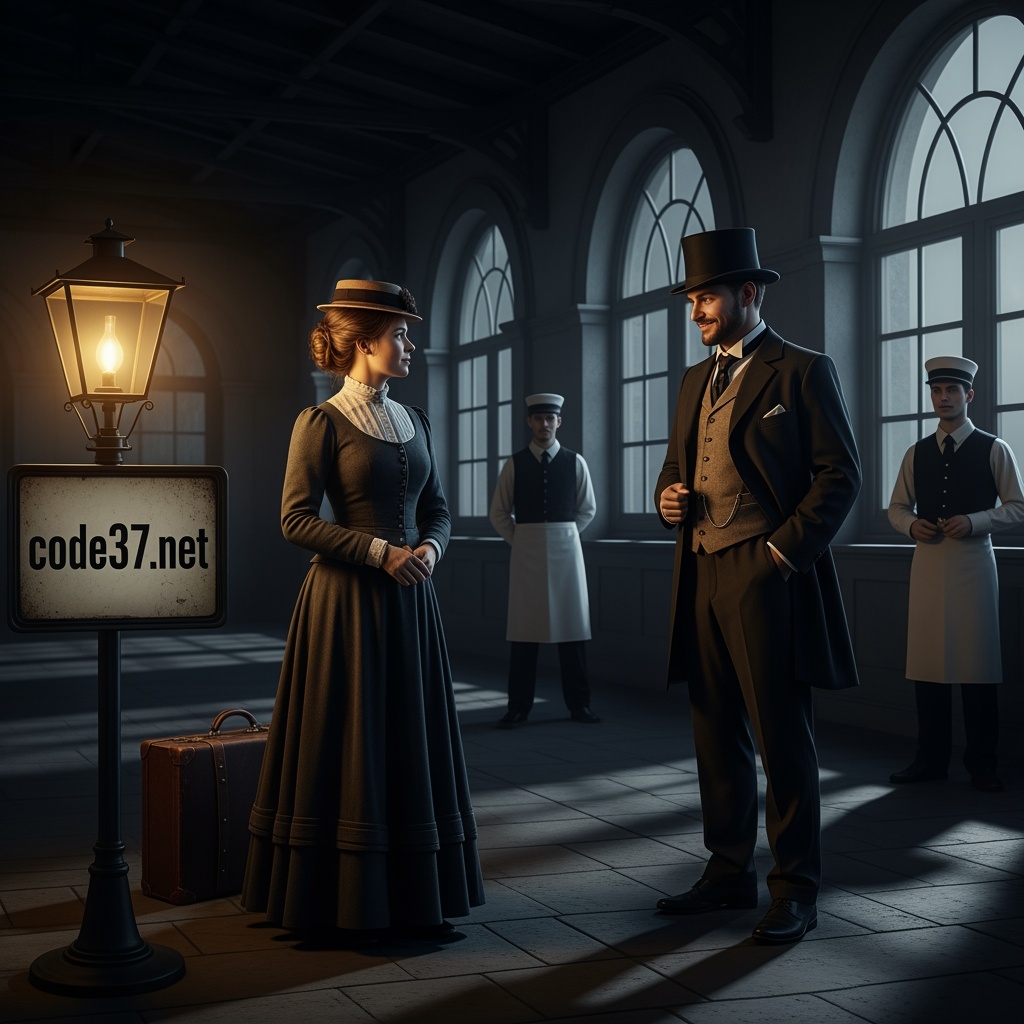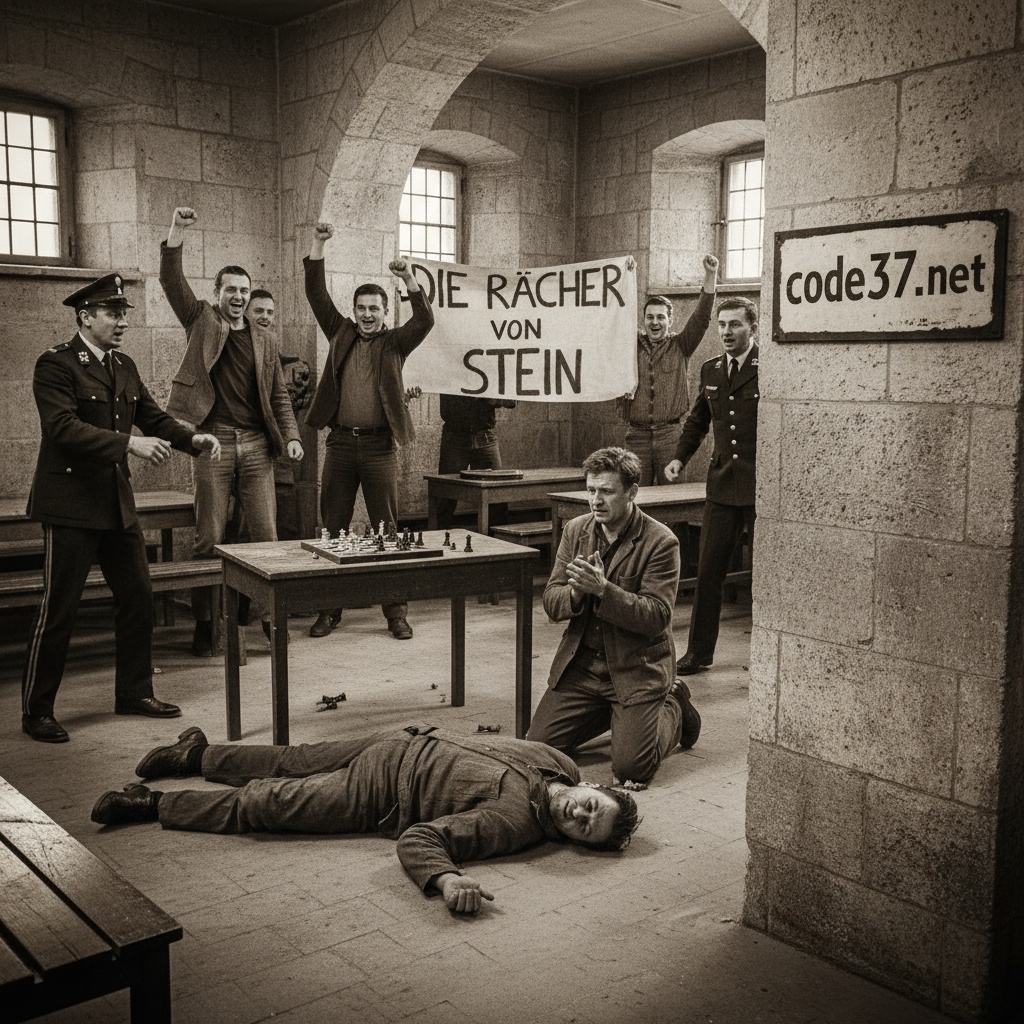
The year was 1870 when a series of murders of female servants terrorized the population of Vienna. The first victim was 34-year-old Josefine Timal in 1883. Shortly afterwards, her 47-year-old aunt Katharina Timal was killed, followed just six weeks later by Theresia Ketterl and a few months later, on December 28, 1883, by Rosa Ferenszi. All four murdered women had the same characteristics. They were all servants, single, middle-aged, and had saved money. None other than Police Councilor Karl Breitenfeld, head of the Security Office, took on Vienna’s first serial killer, as he was an authority on solving crimes. His investigations led to Hugo Schenk, known as an impostor. The handsome, blond man with a moustache and elegant clothes was born on February 11, 1849, in Czechia, the son of a district court judge. He attended artillery school and early on pretended to be a Russian prince who was being pursued by the Tsar’s death squad. At the age of 32, the rogue was arrested for the first time for marriage fraud in Stein, where he served a one-year prison sentence. There he met Karl Schlossareck, who was imprisoned for theft. Together with Schenk’s brother Karl, they became the Trio Infernal, committing numerous crimes. Investigations by criminal investigator Karl Breitenfeld revealed that Hugo Schenk, who constantly changed his name, address, and occupation, had met his first victim, 34-year-old Josefine Timal, through a newspaper advertisement in January 1883. When they first met, he pretended to be a railway engineer named Siegel who had traveled there with his two accomplices, whom he passed off as his servants. He secretly told Josefine Timal that he was a Russian prince. He promised to marry her, whereupon Josefine quit her job as a maid in Vienna, packed her belongings, and took all her savings with her on her honeymoon to Krakow with her future husband. However, their journey ended in Weißkirchen. First, Hugo Schenk raped the still-virgin Josefine Timal. Then his accomplice Schlossareck joined in. They gagged and tied up Josefine, took her savings, tied a stone around her waist, and threw her down the Gevatterloch gorge. To make sure that no one would suspect Hugo Schenk, he contacted her only relative. This was her aunt Katharina Timal, who worked as a servant in Budweis. He informed her about her niece’s wedding and asked her to come and live with them. The 47-year-old single woman accepted the tempting offer and arrived at Vienna station on June 21, 1883, with all her belongings, where Hugo Schenk was already waiting for her. Together they set off for the supposed estate. To get there, however, they had to cross the Danube. Schenk’s accomplice Schlossareck was already waiting in the boat, posing as a ferryman. He wanted to strangle the lady, but Katharina managed to escape. So Hugo Schenk pulled out his butcher’s knife and cut her throat without further ado. They then stole the elderly woman’s valuables and disposed of her body in the Danube. Just six weeks later, Hugo Schenk met Theresia Ketterl, also a servant, whom he killed in Lilienfeld and threw her body into the Sternleiter gorge. They had allegedly been playing Russian roulette with Schenk’s revolver beforehand. Schenk also stole her valuables. The fourth victim was Rosa Ferenszi, whom Hugo Schenk killed on December 28 during a trip to Pressburg. He smashed her skull with a pickaxe and threw her into the Danube with a stone tied to her body. His haul was 800 guilders. The next victim had already been identified. But on January 10, 1884, Police Chief Breitenfeld arrested Hugo Schenk at 5 a.m. in the apartment of his accomplice Karl Schlossareck. One day later, Schlossareck and Schenk’s brother Karl were also arrested. Hugo Schenk remained steadfast during the interrogations and denied the crimes he was accused of. The confession was missing. Although Hugo Schenk’s great love, Emilie Höchsmann, a middle-aged woman who had no fortune, had brought the jewelry Hugo Schenk had given her to the police, which was clearly identified as belonging to the murdered Theresia Ketterl, Hugo Schenk also had a plausible explanation for this. For this reason, Police Councillor Breitenfeld resorted to a ruse and accused Emilie Höchsmann of complicity. Hugo Schenk, who truly loved Emilie, protested her innocence and finally broke down. He confessed to all the murders and numerous other crimes as well. Hugo Schenk and Karl Schlossareck were executed by hanging on April 22, 1884, in the Galgenhof by executioner Heinrich Willenbacher and his assistant. Due to the high level of public interest, tickets for the execution were sold in the small courtyard No. 1 of the Vienna Regional Court. Thus ended one of Vienna’s most spectacular series of murders, which continued to cause fear and terror among Vienna’s servants for many years afterward.



